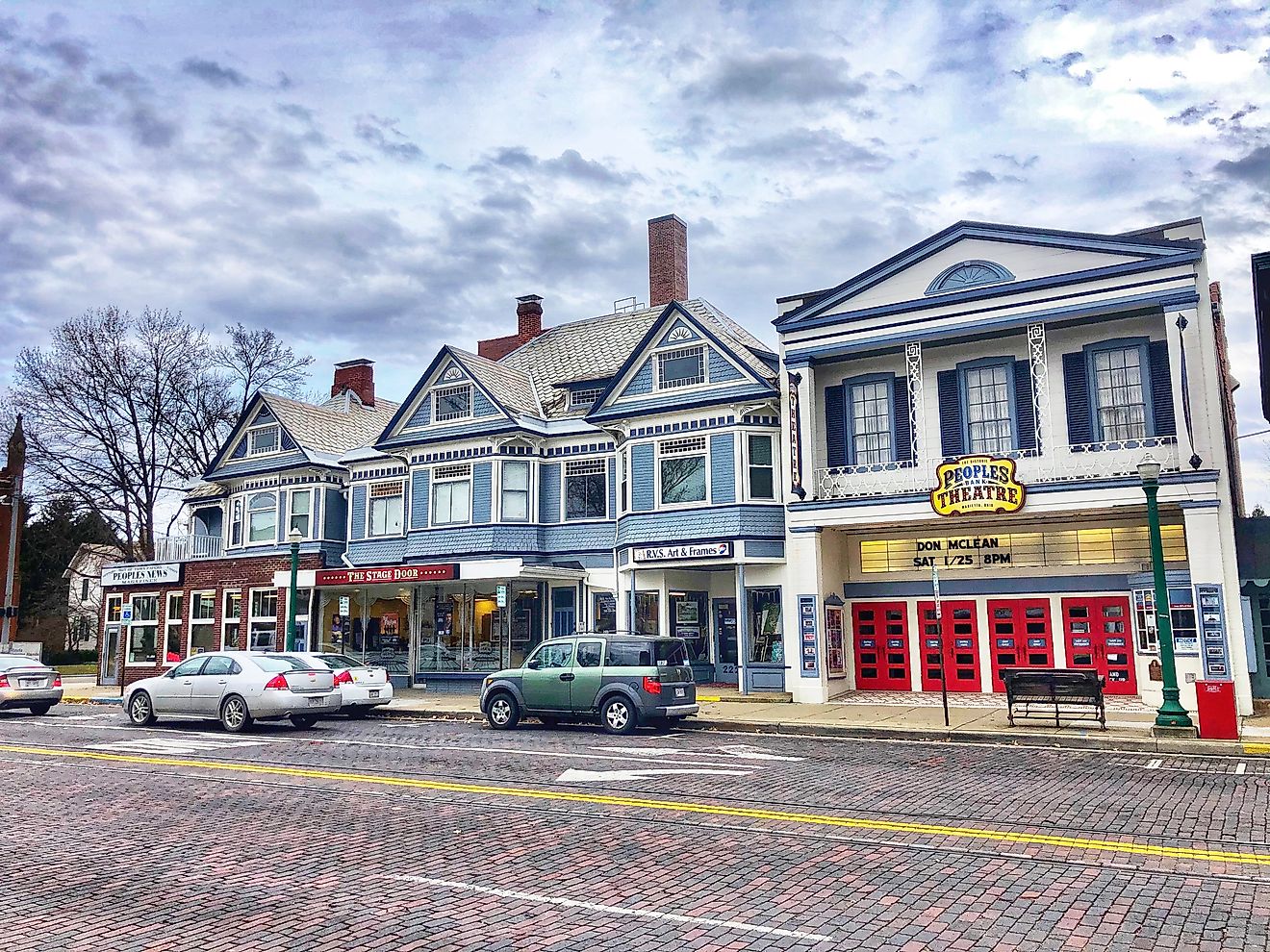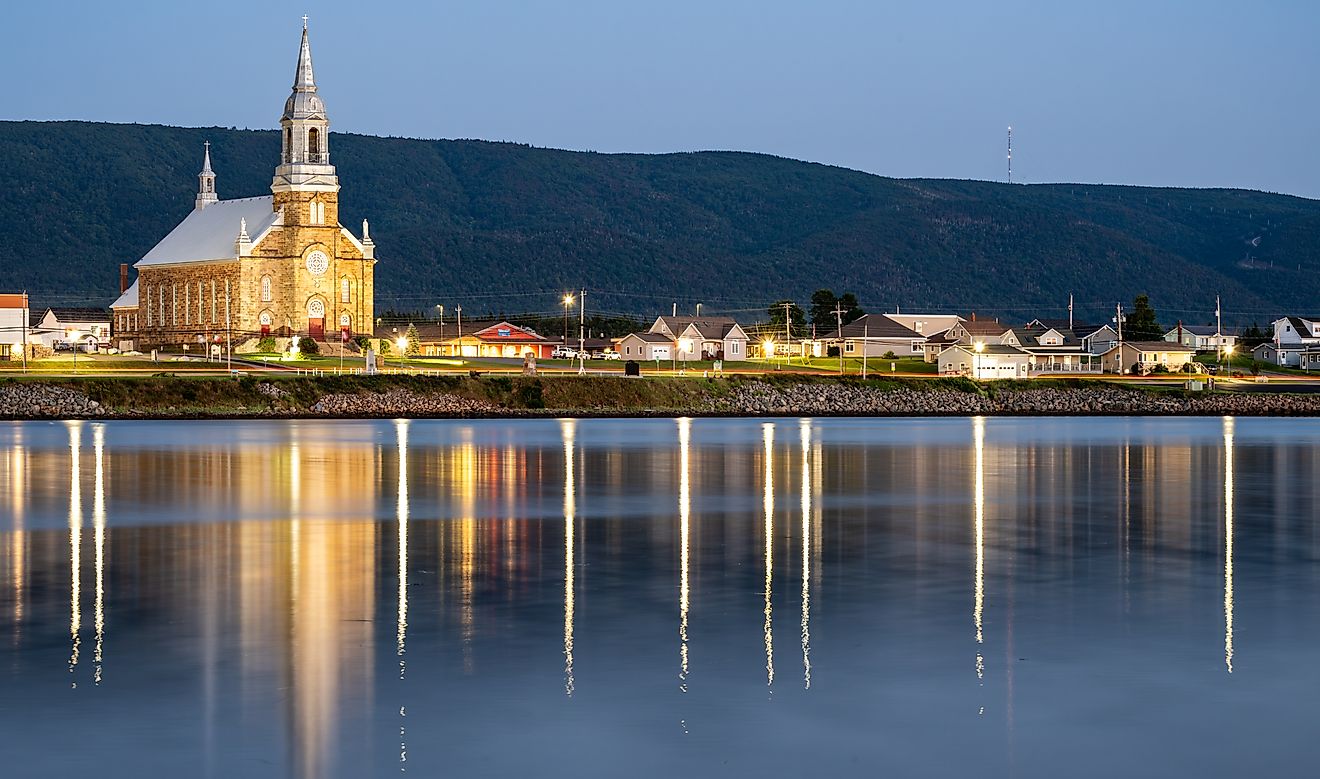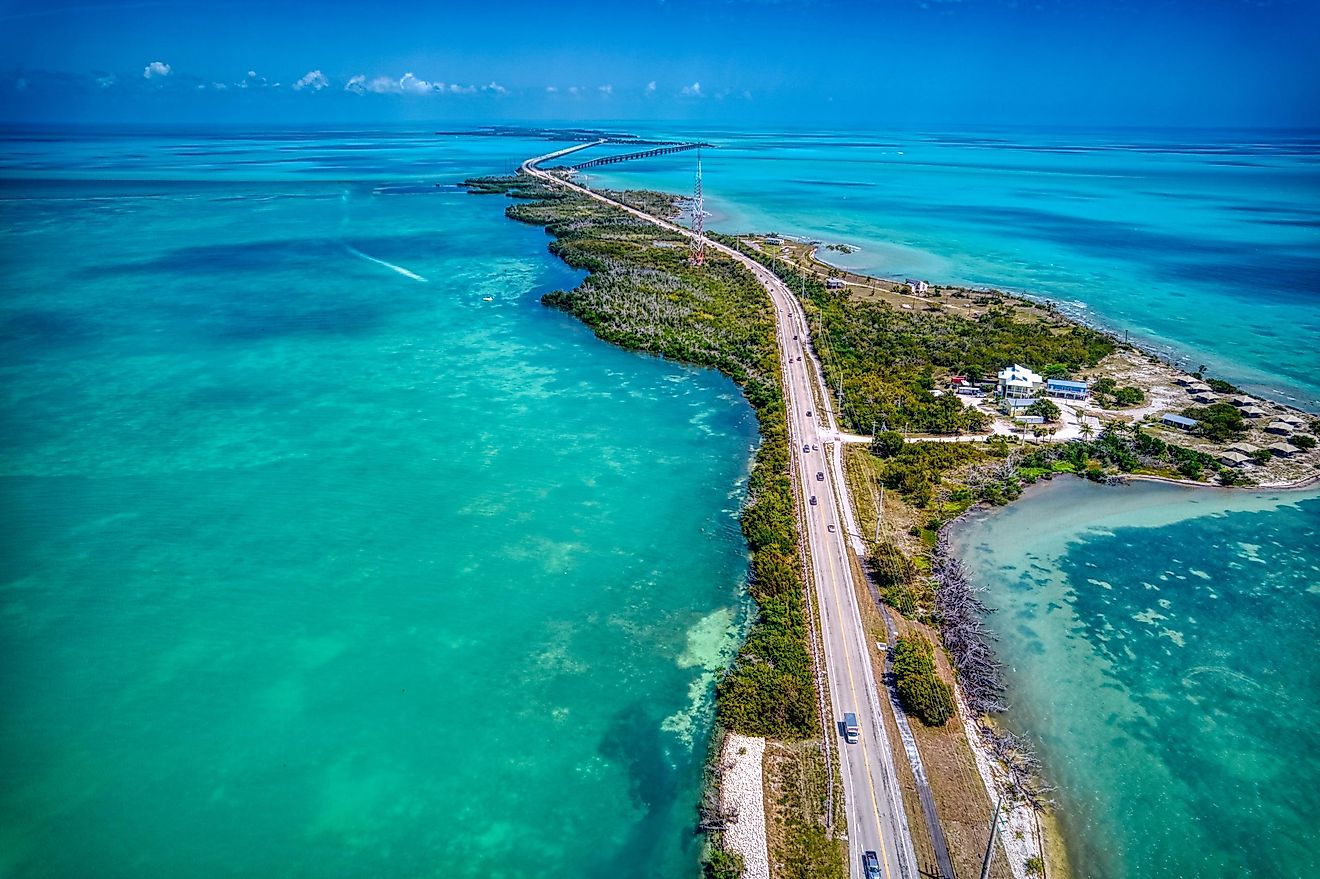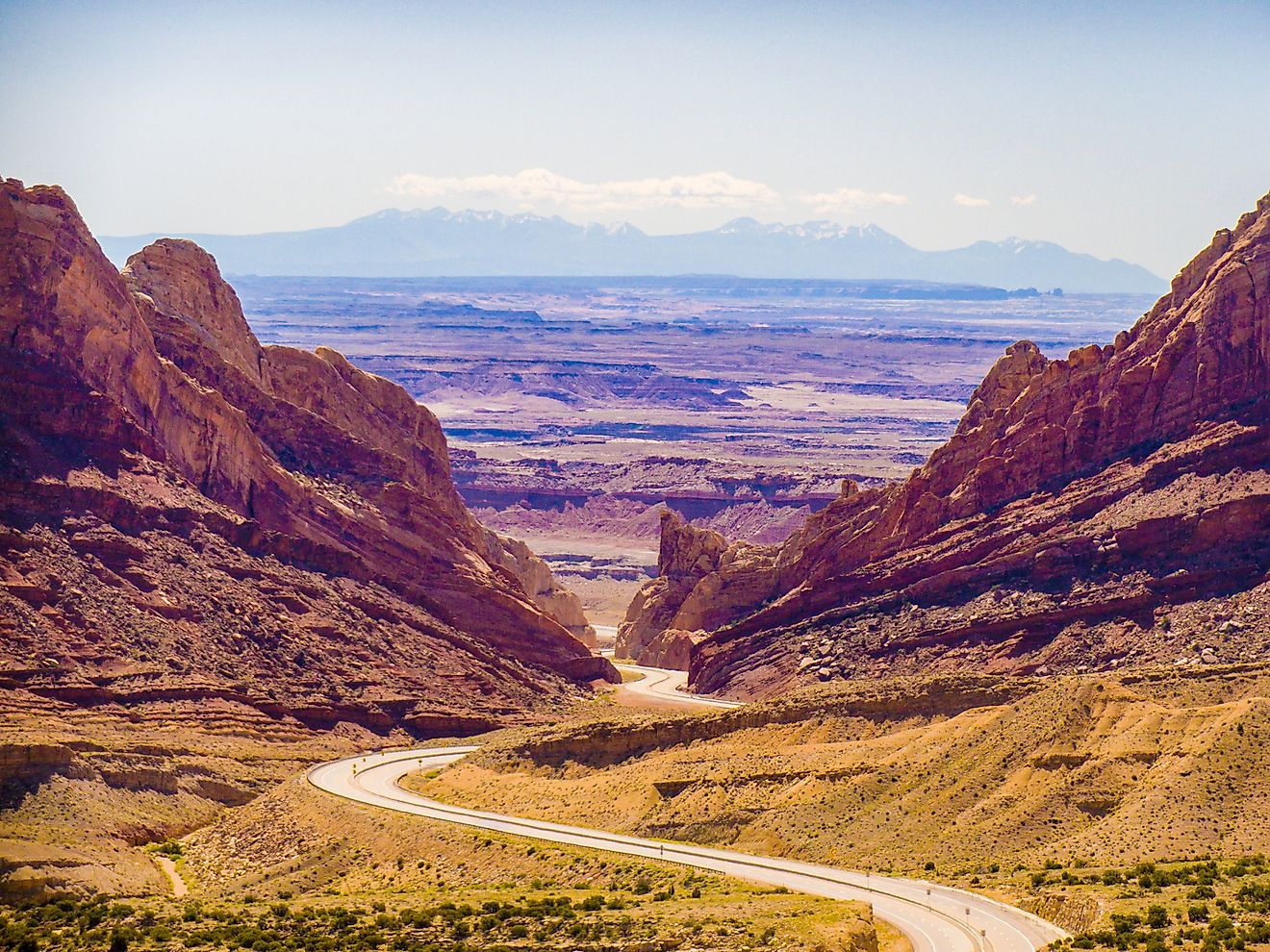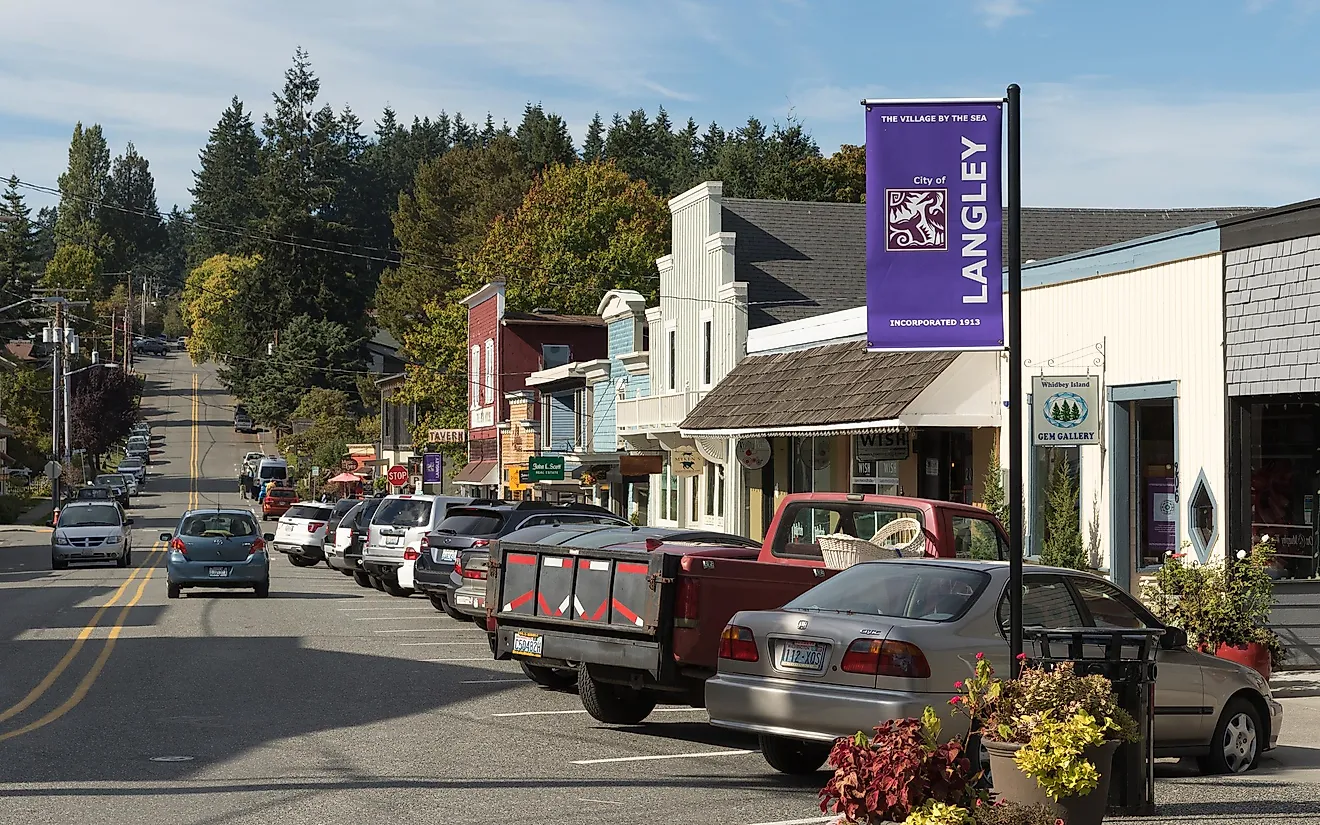Famous Landmarks in Italy
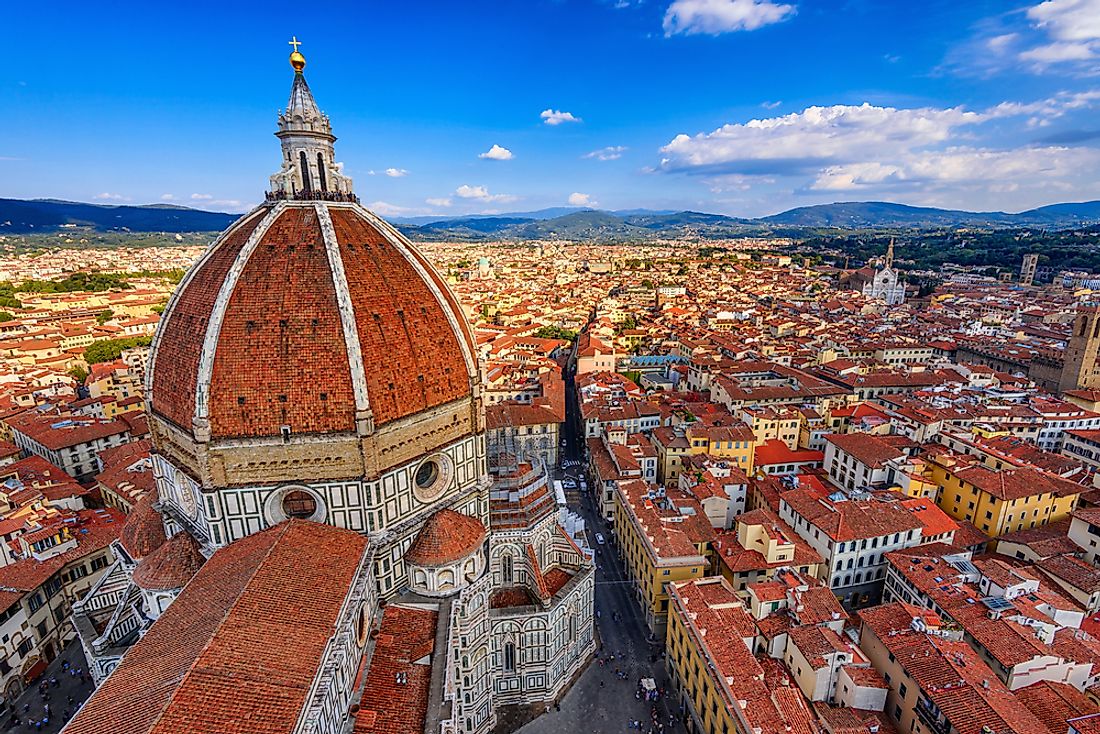
Roman architecture is well-known for its grandeur, style, and effectivity. Palaces, cathedrals, museums, libraries, parks, and gardens established during the rule of the Roman Empire in Italy continue to enthrall travelers visiting these sites today. Here we present a list of some of the most notable historical monuments of Italy and mention the history associated with them.
9. Tower of Pisa
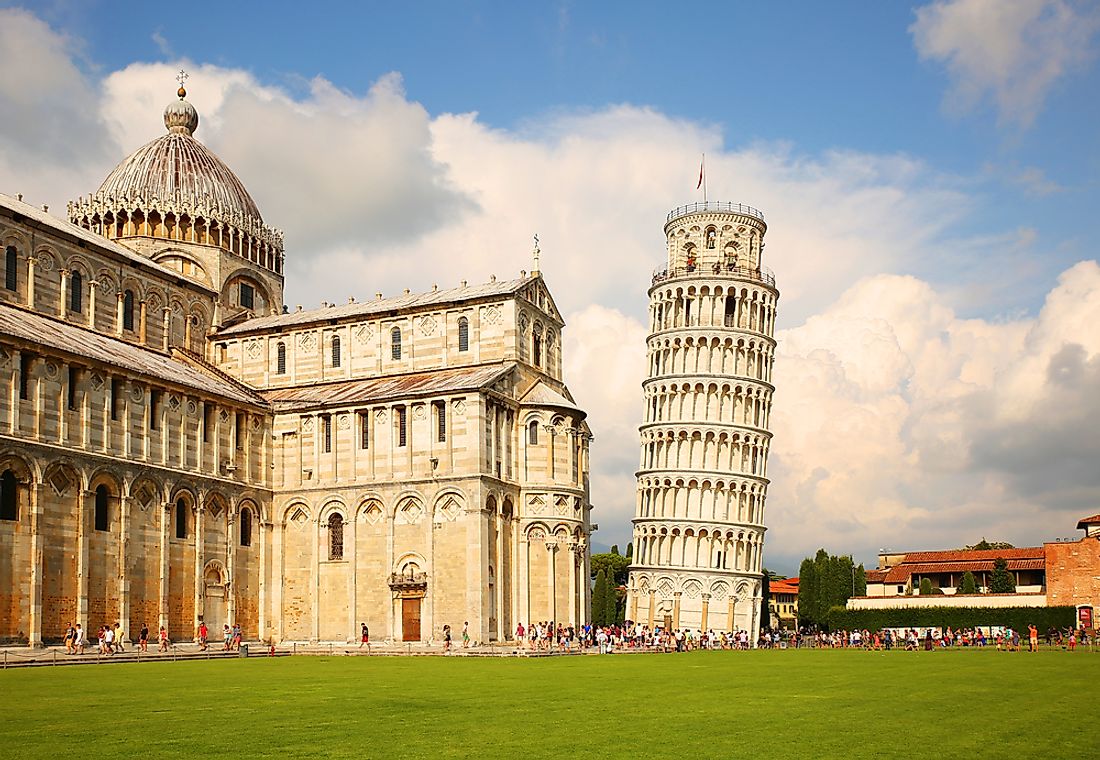
The Leaning Tower of Pisa, famous for its unintended tilt, is located in the Italian city of Pisa. It is the freestanding bell tower of the city’s cathedral. The tower is the third oldest structure of the Cathedral Square of Pisa. The tilt of the tower resulted from an error in construction but became famous over the years or its unique property. The tilt was actually caused due to an inadequate foundation on a soft ground not sufficient to bear the tower’s weight. The Leaning Tower of Pisa is 183.27 feet high on the lower side and 185.93 feet high at the higher end.
8. Ponte Vecchio
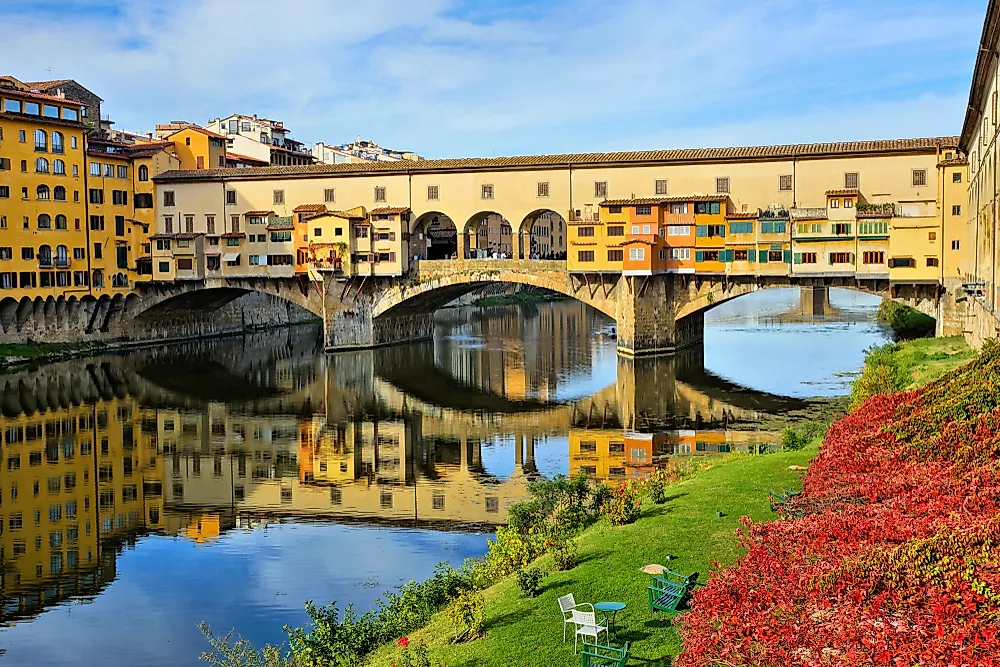
The Ponte Vecchio is a segmental arch bridge located on the Arno River in Florence. The medieval age bridge is noted for the shops that are built along the bridge. Shops here originally were occupied by butchers but are now owned by art dealers, souvenir sellers, and jewelers. The bridge was possibly built during the Roman times and its earliest mentions are found in a document dating back to the year 996. The bridge had to be reconstructed several times and was rebuilt in 1345.
7. Siena Cathedral
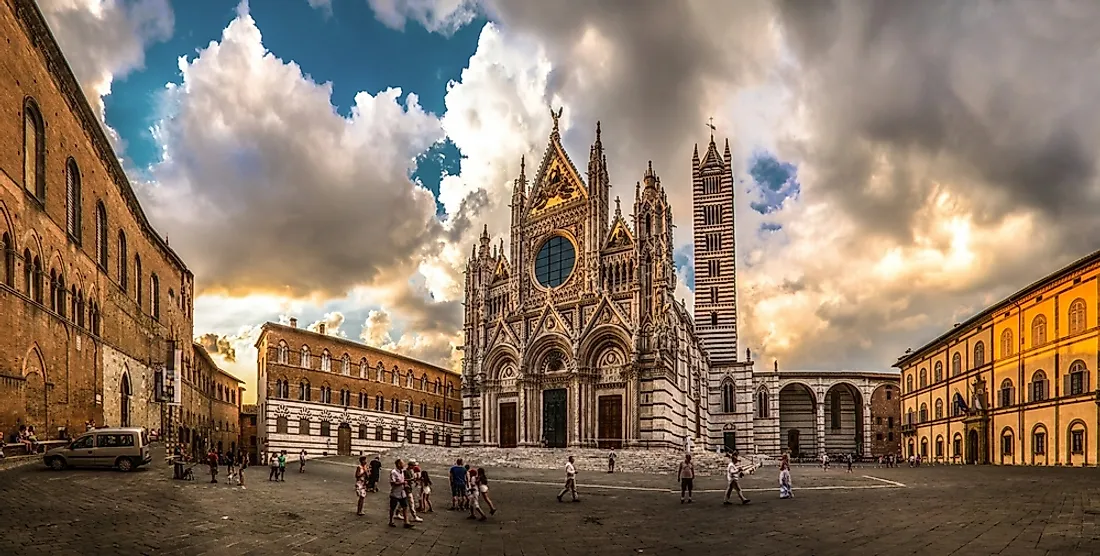
A medieval cathedral in Siena, the Siena Cathedral is dedicated to the Assumption of Mary. The design and construction of the cathedral were initiated in 1215 and completed in 1263. The cathedral is in the form of a Latin cross with a bell tower, a slightly projecting transept and dome. The dome of the structure rises from a hexagonal base and a lantern on top of the dome was added by Bernini. White, greenish-black, and red marble are used in the exteriors and interiors of the Siena Cathedral. The greenish-black and white marbles are designed in alternating stripes and represent the symbolic colors of Siena.
6. St Mark's Basilica
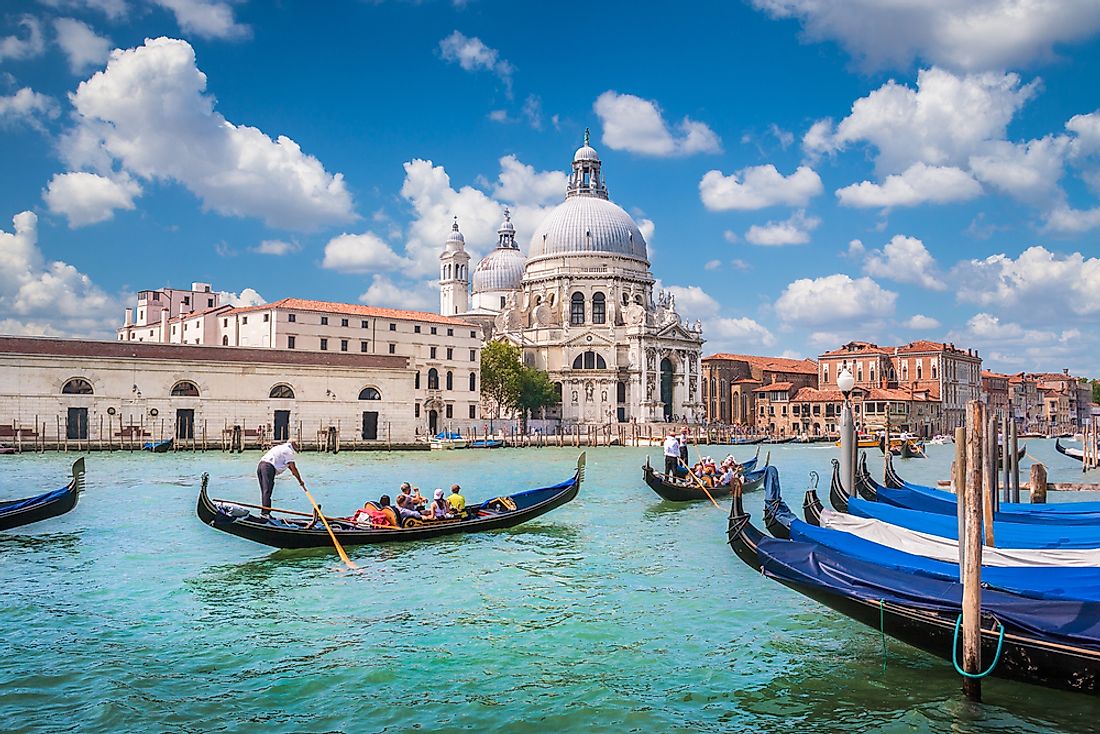
The Saint Mark's Basilica is the most famous among the churches of Venice and a popular tourist destination in the city. It represents one of the best examples of Italo-Byzantine architecture. Since 1807, it has been the city's cathedral and the seat of the Patriarch of Venice. The Saint Mark's Basilica is famous for the gold ground mosaics and opulent design. It acts as a symbol of Venetian prosperity and power. Thus, it has been nicknamed Chiesa d'Oro (Church of gold) since the 11th century.
5. Doge's Palace
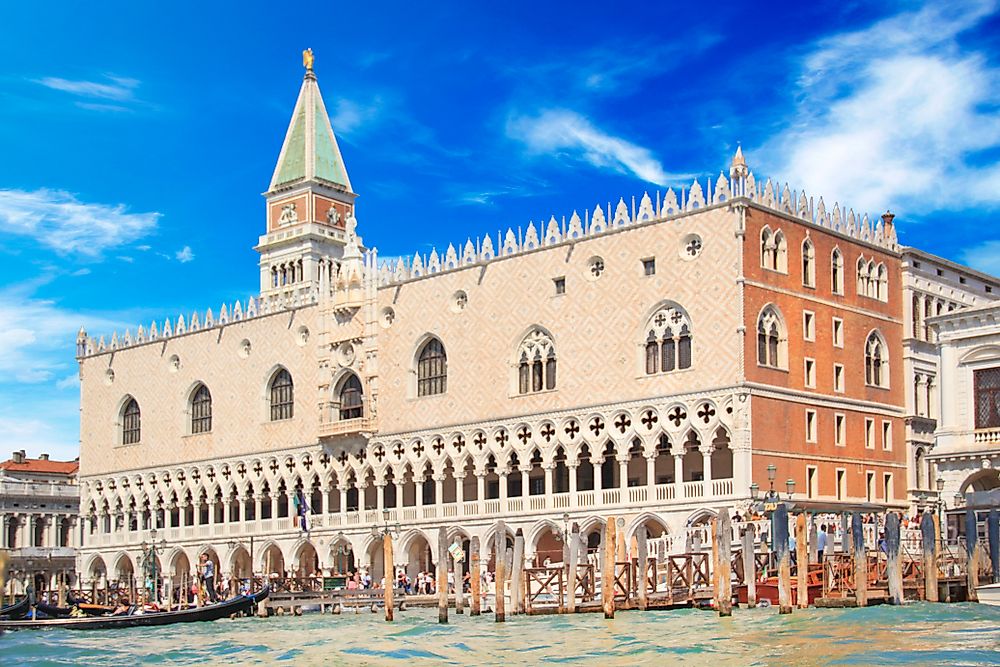
One of the major landmarks of the Italian city of Venice, the Doge's Palace is built in the Venetian Gothic style. The palace served as the residence of the supreme authority of the former Republic of Venice, the Doge of Venice. Today, the palatial building is open to the public as a museum. An old 9th-century palace stood at the place of the Doge's Palace before it was partially destroyed in a fire in the 10th century. Doge Sebastiano Ziani, a great reformer, commissioned the reconstruction works of the palace in the 12th century. Since that time, the palace was reconstructed several times either due to a change in needs or due to devastation by fires. By the late 19th century, the Doge's Palace started showing signs of decay till the Italian government started reviving the structure again. All public buildings were removed from the site and it was declared as a museum with tourism value.
4. Florence Cathedral
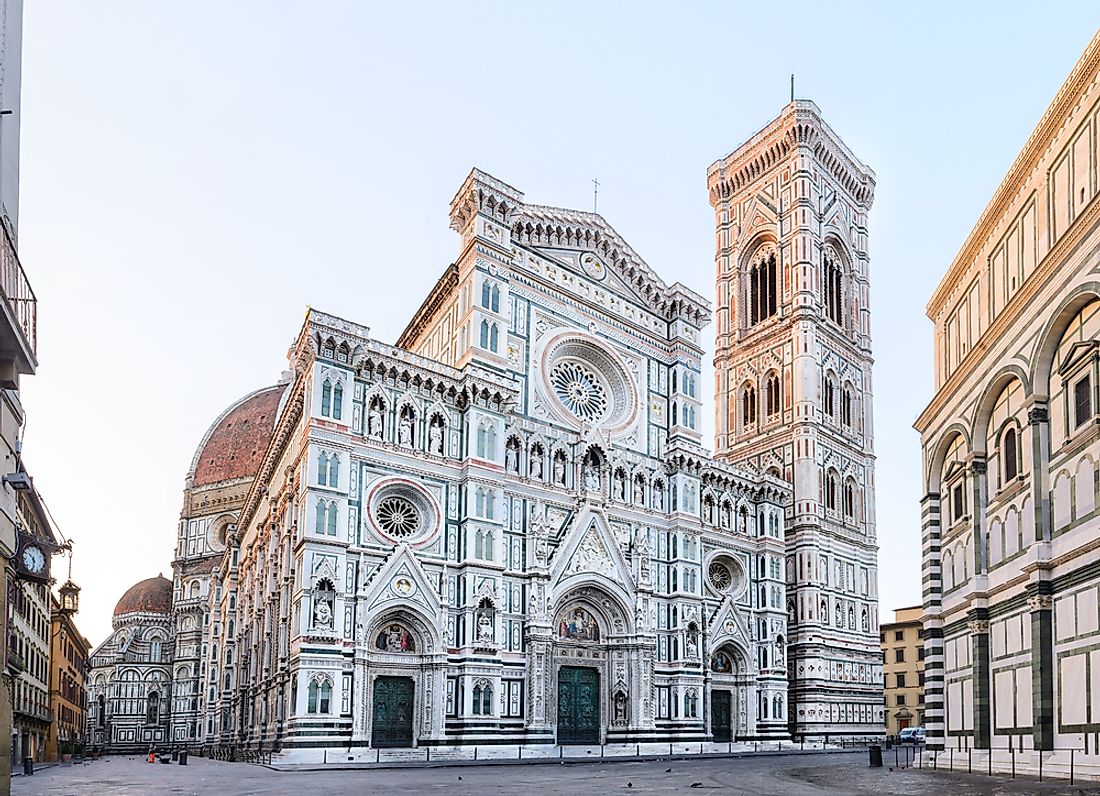
The Florence Cathedral which bears the formal name of Cattedrale di Santa Maria del Fiore is the primary church of Florence, Italy. The construction of the Cathedral began in 1296 and was completed in 1436. Arnolfo di Cambio was the designer of the building and Filippo Brunelleschi engineered the dome. The Florence Cathedral was built in the Gothic style with the exterior facade bearing polychrome marble panels in shades of pink and green bordered with white. The Cathedral complex also includes the Baptistery and Giotto's Campanile.
3. Vatican Museums
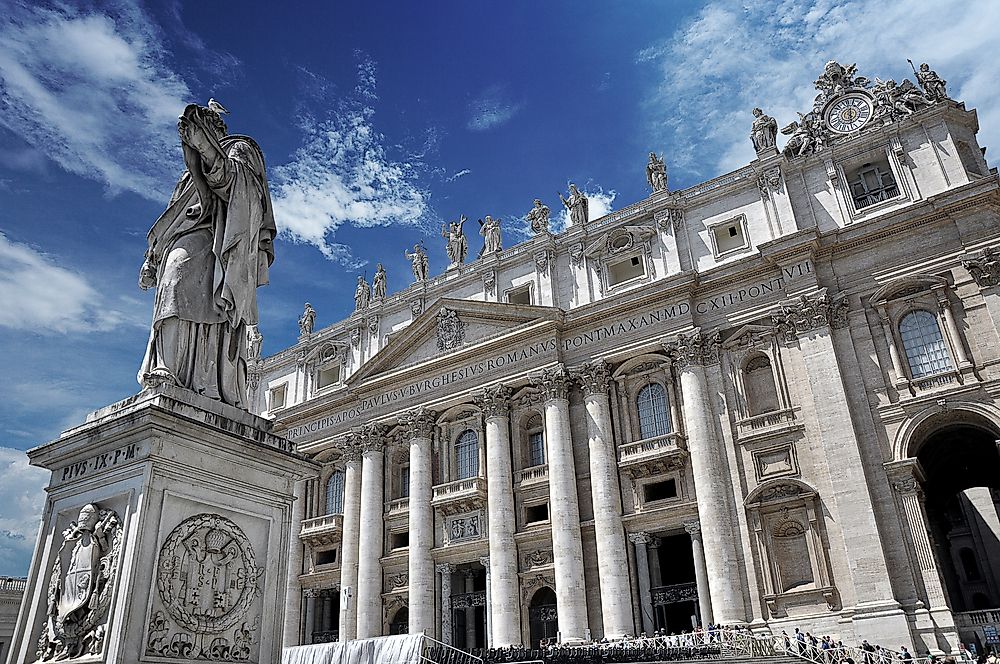
The Vatican Museums are a set of museums found in the Vatican City which display work that has been contributed by the Popes throughout history. The museums host some of the masterpieces of Renaissance art and also renowned classical sculptures. The Vatican Museums were founded by Pope Julius II in the 16th century and currently are visited by millions every year. Of the roughly 70,000 works of art and literature in the Vatican Museums, only about 20,000 are on public display. 640 people are employed by the museums who work in 40 different departments.
2. St. Peter's Basilica

One of the world’s largest churches, the St. Peter's Basilica is a famous Italian monument that was built during the Renaissance period in the Vatican city. It serves as the papal enclave within Rome. The church was designed by the famous architects of the Renaissance Period, mainly Donato Bramante, Gian Lorenzo Bernini, Michelangelo, and Carlo Maderno. The St. Peter's Basilica holds a significant place in the Christian world and is regarded as one of the holiest shrines of the religion. According to Catholic tradition, the Church stands over the burial site of the first Pope, St. Peter. An old church that stood at the site was replaced during the construction of the St. Peter's Basilica which began on April 18, 1506. The project was completed on November 18, 1626. Today, this grand monument serves as a pilgrimage site and also as a venue for liturgical functions.
1. Colosseum
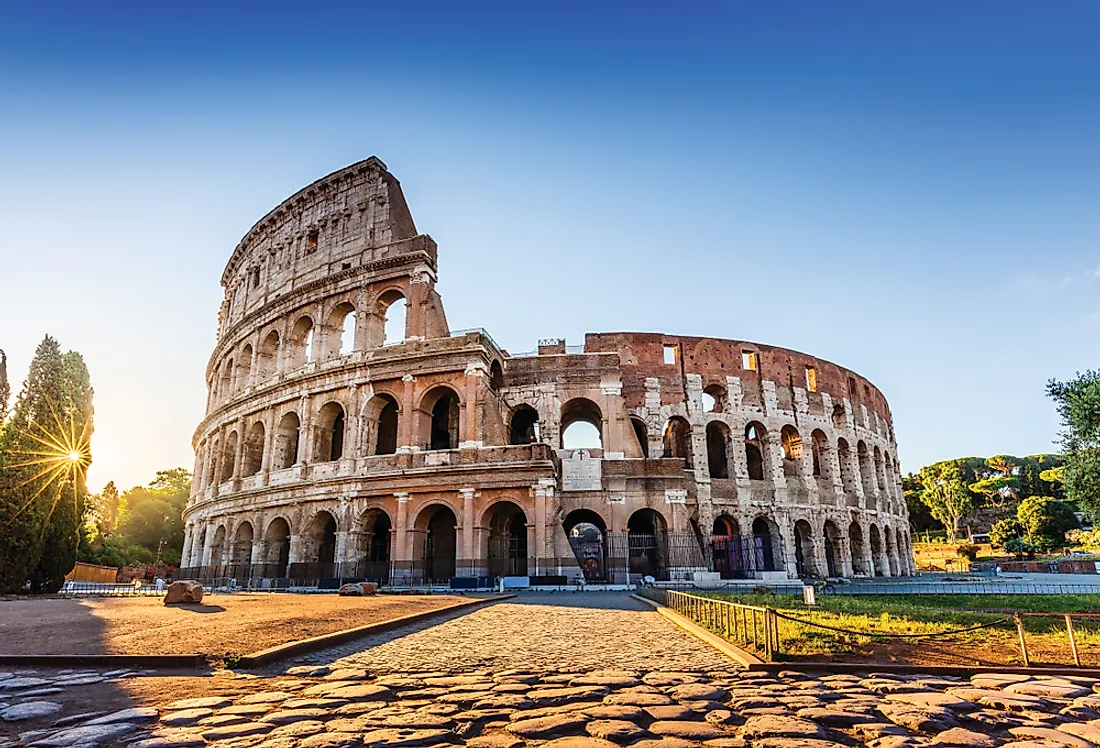
The Colosseum of Rome is one of the most visited tourist sites in Italy. This oval amphitheater in the center of Rome bears witness to numerous significant historical events. The construction of the Colosseum began in AD 72 during the rule of Emperor Vespasian, and his successor, Titus, completed the structure in AD 80. The Colosseum at the time of its construction had a capacity of about 50,000 to 80,000. For years, it served as the venue of mock sea battles and gladitorial contests. Later on, animal hunts, Classical mythology based dramas, executions, and re-enactments of major battles were also hosted at the site. The Colosseum ceased to be used as an entertainment venue in the early medieval times. Later, it was reused for several other purposes like housing, quarrying, workshops, etc. Partially ruined, the Colosseum still serves today as a major tourist attraction in Rome and acts as an iconic symbol of Imperial Rome.






